SCADA Solutions For IoT Projects
Supervisory Control And Data Acquisition (SCADA) Solutions for IoT Projects
Our ready-to-integrate SCADA system is an IoT enabled solution, designed to perform remote monitoring, real-time reporting and management of your Industrial Assets.
Our experienced teams of IoT developers and Industrial Automation domain experts have partnered with global customers to build highly secure and customized SCADA solutions.
Leverage our web-based SCADA solutions to:
- Reduce the reaction times
- Enhance the Production and Operator efficiency
- Gain better visibility of your Industrial Assets and Operations
- Reduce task overheads and simplify operations
- Maximize performance
Features of SCADA Solutions for IoT Enabled Automation
Designed and developed by a team of IoT veterans, our advanced SCADA solutions are designed to help your business achieve the winning ROI.
Following are some of the key features of our SCADA solutions for industrial automation:
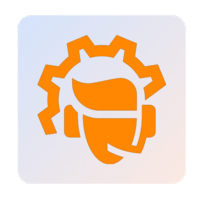
Hardware & Software Consulting Services
- The responsive design of SCADA web-portal ensures that the dashboard/HMI of the SCADA system is optimized across devices (desktop, mobile and other hand-held devices).
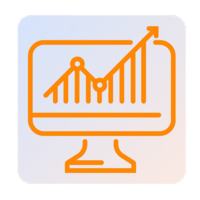
Data analytics & Report generation
- Every piece of information that flow in to a SCADA system is stored for future analysis. As a user, you can choose to view data and generate reports on a daily, weekly, monthly, or even yearly basis.
- Detailed analysis of field data such as wind pattern, device performance, etc. is done over a period of time. These learnings can then be used to influence and improve future decisions and actions.
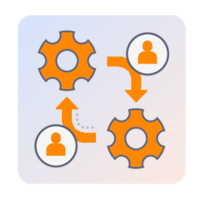
User Role Management
- The built-in user-management framework of the SCADA Software helps you define and manage user access and permissions related to crucial data and tasks.
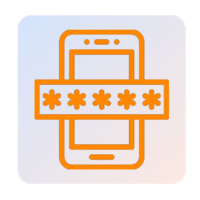
SCADA System Security
- The data exchange between the devices within the SCADA system is encrypted and decrypted to ensure data security. TLS/SSL is used to register and authenticate device trying to access the IoT network.
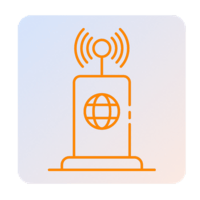
Zone/Site Management
- This SCADA Software application module helps you to manage the plant/field operations across zones and sites remotely.
- This ensures that the Zonal admin or supervisor has complete visibility of the operations of all the plants within the Zone. This also facilitates real-time communication within and across zones
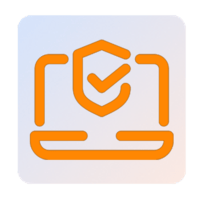
Firmware & Security Patch updates
- The gateway controller, master Controller and tracker controller gets the latest firmware update through the SCADA server

24/7 Online IoT systems and back-up management
- Remote monitoring of all the IoT network components (trackers, master/slave gateway controllers) to ensure 24/7 system availability.
- The Network architecture of a SCADA System is designed to include back-up components in the event of a device failure.

E-Mail alerts to users
- A SCADA system can alert the user in adverse situations like device communication failures, High Wind, malfunctioning device etc.
- A well-defined escalation matrix is present to prevent system downtime.
System Architecture of a SCADA Solution for IoT Projects
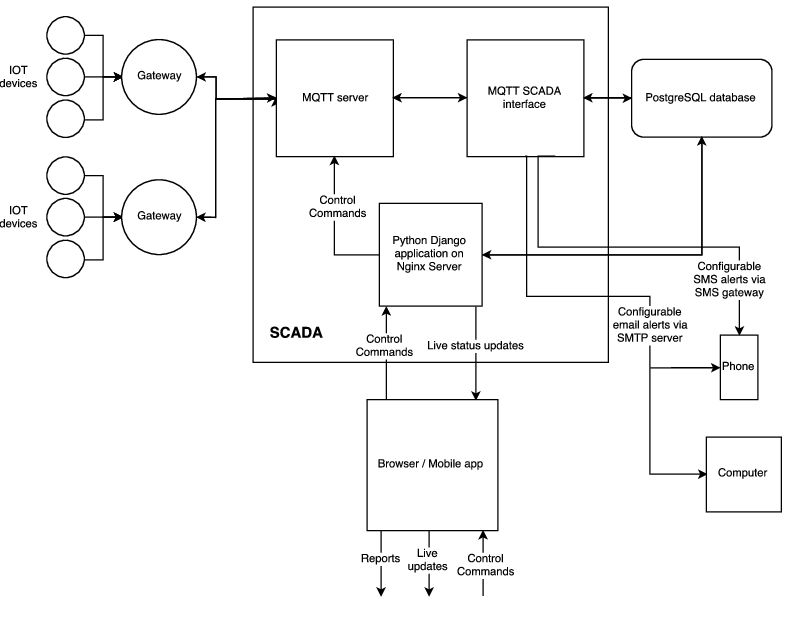
Technology Frameworks and Platform Details
Our reference SCADA software solution can be customized as per your Industrial Automation use-case and business objectives. Following technology frameworks and platforms form the backbone of our typical SCADA Solutions.
| COMPONENT/FRAMEWORK | TECHNOLOGY |
| Operating System (supports SCADA) | LINUX |
| Frontend Development | HTML5, CSS, Bootstrap, Javascript, Ajax, HighCharts |
| Database for analytics and processing | PostgreSQL |
| Platform for SCADA Software implementation | Python Scripting |
| Communication Protocol (Server and Gateway) | MQTT |
| Web framework | Django |
| Communication Protocol (Server and Devices) | MQTT, RESTful APIs |
| Security Services/ Encryption | HTTP and/or HTTPS |
| Web Server | Nginx or Gunicorn (WSGI) |
| Framework for Big Data Processing | Apache Spark |
| Cryptographic protocols | TLS/SSL |

